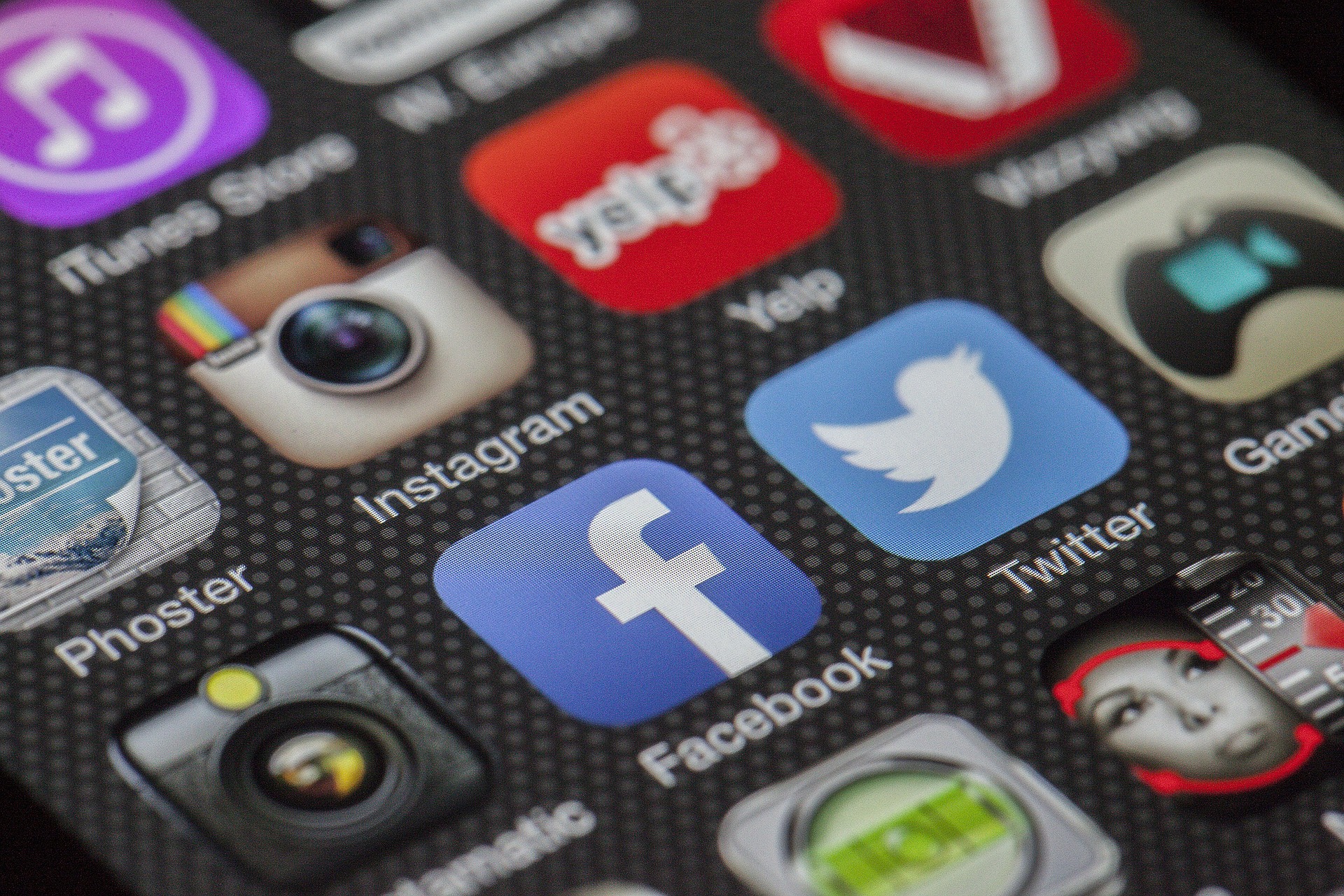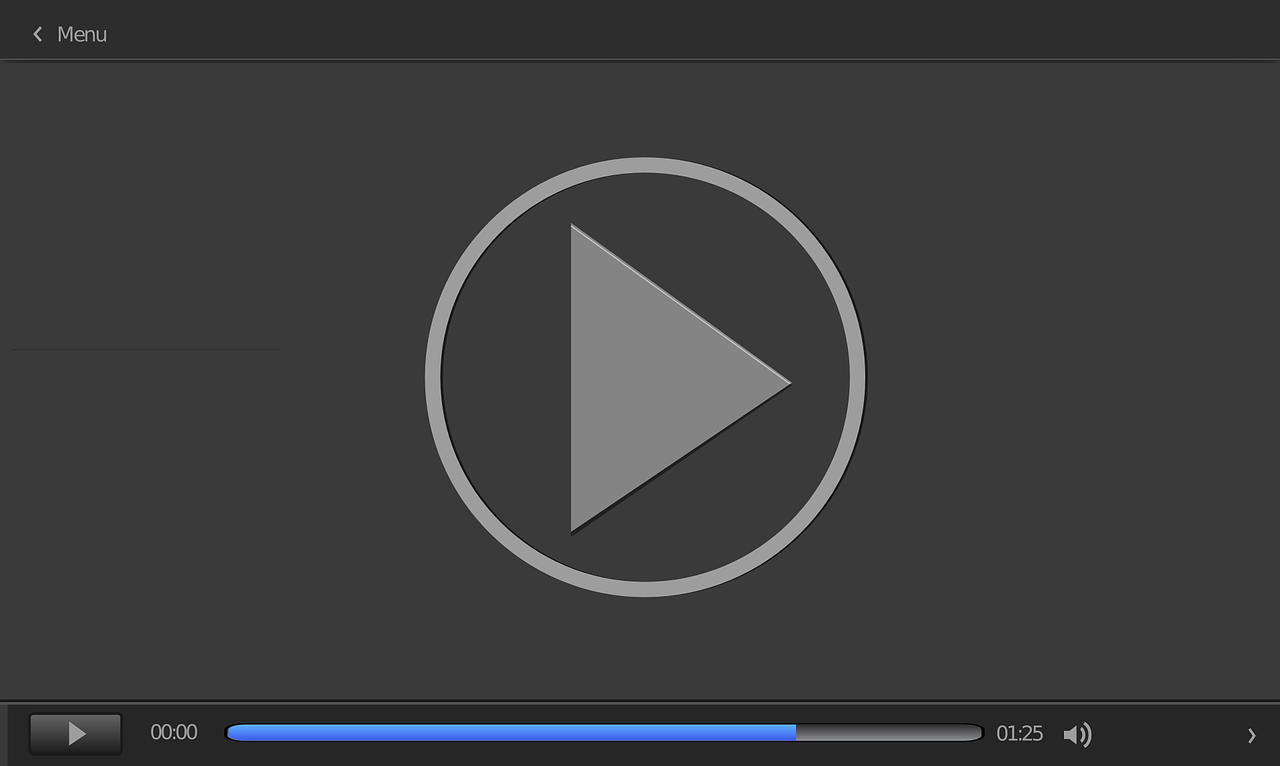Build a strong sales funnel with 5 essential components
Posted in Digital Marketing, Sales Funnels, StoryBrand on

People are busy and easily distracted. Curiosity about new products and services often fizzles out with no action taken. Because of this, it is dangerous for companies to leave the trajectory of potential sales up to chance alone.
Luckily, there is a concrete and strategic solution for businesses to ignite their potential customers’ curiosity and foster action.
A sales funnel is the complete process of taking potential customers from the stage of mere curiosity about your product or service to putting money on the table and making a purchase.
Whether scheduling an appointment or clicking “buy now,” people want to feel informed about their decisions. No one wants to feel uncertain about what the return on their investment will be.
A well-planned sales funnel leads customers into a peaceful, informed purchase of your product or service. They will not only be familiar with exactly what you have to offer, but they will feel knowledgeable about why it’s the right choice for their investment.
Stop gambling with sales by putting them in the hands of chance alone. Build a sales funnel now, and it will continue to win sales without expending additional time and resources.
Here are the essential components of a sales funnel:
1. A one-liner for your company. The one-liner concisely and clearly answers three prying questions potential customers will inevitably have: What is the main problem/pain point your company can solve for their customer? What is your product/service? What will life look like for your customer after using your product/service?
Everyone on your team should know your company’s one-liner by heart and use it in conversations, email signatures and on business cards. This is an exercise in memorization: the more times a potential client hears your one-liner, the faster you will come to mind when they’re experiencing that problem or pain point.
2. Your website. This is the main place that people go to learn more about your business. Like the one-liner, your website should be answering those same 3 questions, just in more detail.
3. A lead generator. In exchange for a potential customer’s email address, what thing of value does your company offer? Some examples include e-books, PDF guides or an exclusive e-course addressing a problem they’re facing (and your company helps to solve).
As people read or watch this freebie, it will help them to feel more informed about what your company can do for them while educating them. It should not be a pushy promotion for your product. Allow it to prove you have helpful information, with no strings attached. Build trust.
4. A sales sequence. This is a series of six emails you will send to the potential customer once they provide their email address.
Deliver the Asset. In a brief welcome email, send the content they’ve requested from your lead generator and say thank you.
Problem & Solution. What pain point motivated them to exchange their email for that guide? Lean into it with this second email. Agitate the problem. Position your product or service as the solution.
Customer Testimonial. Show them an example of someone who once struggled with the same problem they are experiencing, as living proof that your product or service solved that problem.
Overcome an Objection. Address whatever keeps your customers from taking the next step. Acknowledge their concerns instead of shying away from them. This builds trust and positions you as empathetic and intuitive.
Paradigm Shift. Distinguish your product or service from the competition in this email. Shift their thinking by presenting what’s at stake if they choose not to do business with you.
Sales Letter. This is the final email, so make the official call to action. Directly ask for them to buy now, schedule an appointment, or book the date.
5. The Nurture Sequence. Keep potential clients up to date on your company with regular emails containing tips and helpful information. Regularly seeing your brand name is crucial to keeping your products/services at the forefront of their mind.
As you get started creating your own sales funnel, remember it is absolutely vital to begin with a clear message. Take the time to really clarify your messaging or expect mediocre results.
With the right messaging, a sales funnel will maintain sales growth even during the most challenging times for networking—like in the unlikely event of, say, a global pandemic!
Check out our blog article on why you need a website that works.


